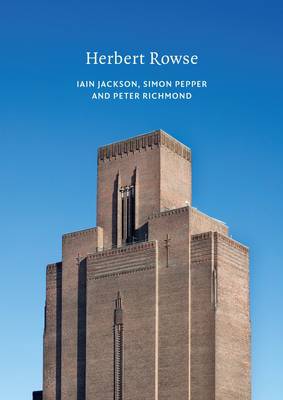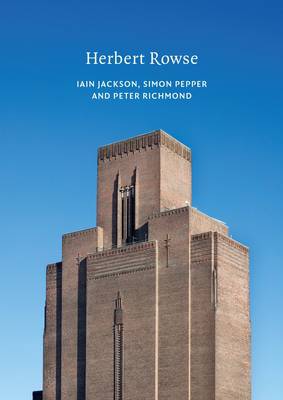
- Afhalen na 1 uur in een winkel met voorraad
- Gratis thuislevering in België vanaf € 30
- Ruim aanbod met 7 miljoen producten
- Afhalen na 1 uur in een winkel met voorraad
- Gratis thuislevering in België vanaf € 30
- Ruim aanbod met 7 miljoen producten
Omschrijving
Herbert James Rowse (1887-1963) was an extraordinary architect who shaped the city of Liverpool with his array of exquisite buildings, plans, and infrastructure. Practicing in an eclectic manner that was influenced by American Beaux Arts and later using simpler geometries of monumental bare brick, his large body of work reveals a modernity that was concerned with luxurious materials, restrained but contemporary decoration and sculpture, and bold forms often with a sense of theatre and performance. His work has endured passing trends and fashions, retaining a seductive appeal and resonance with visitors and occupants alike, despite its often monumental massing and extraordinary scale.
This book aims to discern not only the architectural merits and advances of his work, but also their wider significance. Through Rowse's work we gain a glimpse into some of the broader agendas of the time and place, not least through the corporate and banking commissions that accompanied the large docks and shipping firms in Liverpool, where Rowse produced some of his most distinctive work. In addition to these commercial ventures Rowse contributed to the post-war housing debates through his proposals that looked to rows of cottages set around village greens, rather than high-rise living.
Published in association with The Twentieth Century Society.
Specificaties
Betrokkenen
- Auteur(s):
- Uitgeverij:
Inhoud
- Aantal bladzijden:
- 176
- Taal:
- Engels
- Reeks:
Eigenschappen
- Productcode (EAN):
- 9781848025493
- Verschijningsdatum:
- 1/06/2019
- Uitvoering:
- Paperback
- Formaat:
- Trade paperback (VS)
- Afmetingen:
- 168 mm x 239 mm
- Gewicht:
- 476 g

Alleen bij Standaard Boekhandel
Beoordelingen
We publiceren alleen reviews die voldoen aan de voorwaarden voor reviews. Bekijk onze voorwaarden voor reviews.











